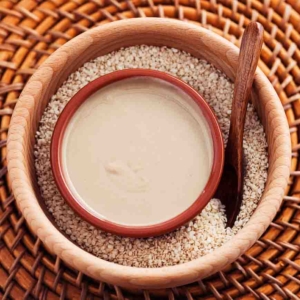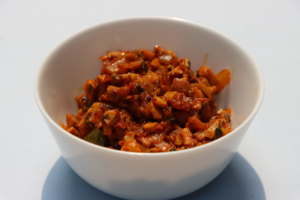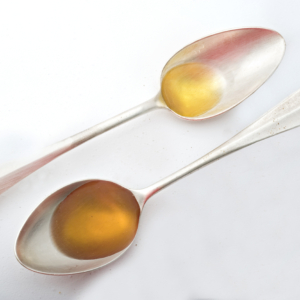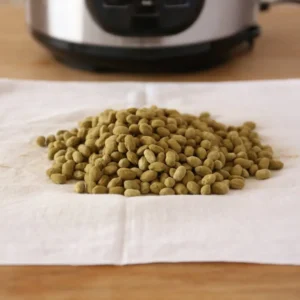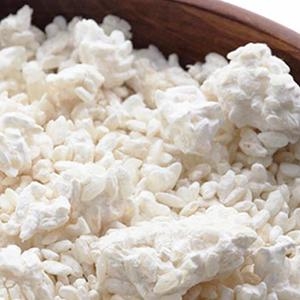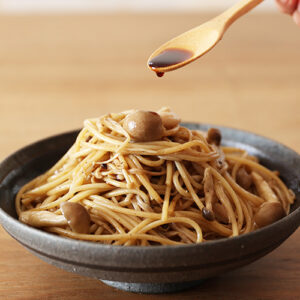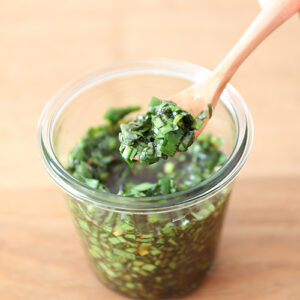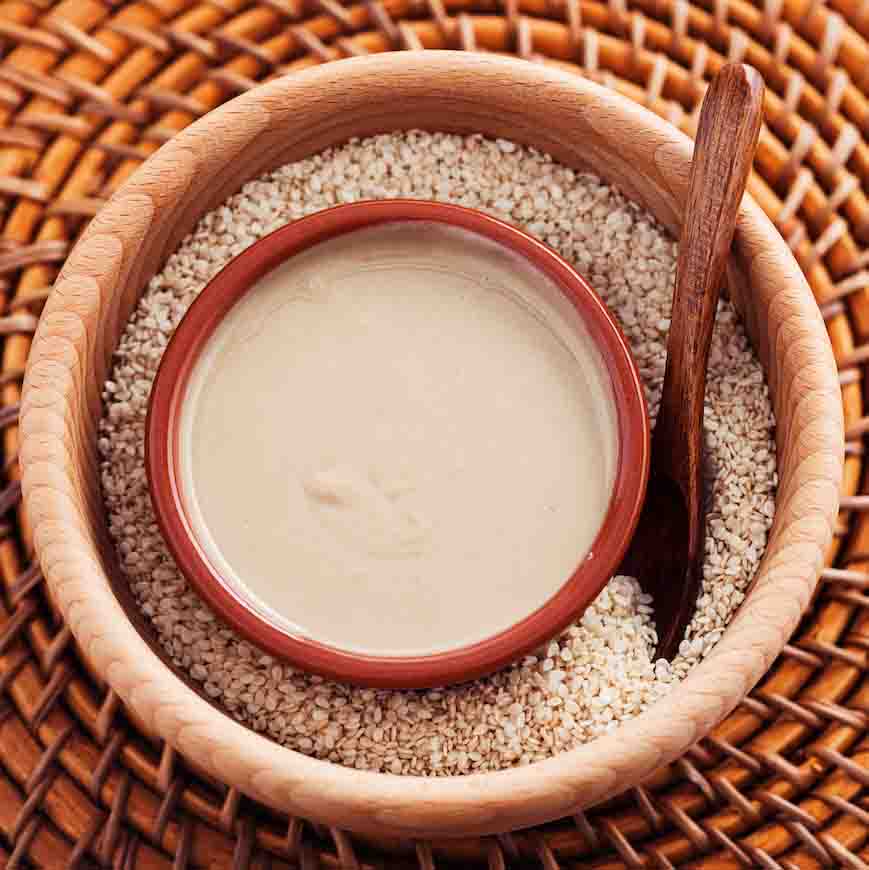
What is Sesame Paste?
Sesame paste is known as Neri Goma (練りごま) in Japan. “Neri” means kneading, and “Goma” means sesame. Sesame is said to have been brought to Japan during the Jomon period or around the introduction period of Buddhism. Since then, it has played an important role in Japanese cuisine, such as creating Neri Goma. There are currently over 3,000 varieties of sesame, and it is often classified into 3 categories: Black, White and Golden. These can all be used to create different kinds of Neri Goma.
Neri Goma is made by actively grinding on the sesame seeds until they are finely ground. This process allows the seeds to break down and produce an aromatic and flavourful puree. In general, the sesame paste produced has a very thick consistency with an enhanced nutty flavour, however, there is a slight variation of taste and aroma between these types of seeds.
How to use Sesame Paste?
This paste is very versatile and can be a part of many different types of dishes, ranging from main courses to desserts. You can use this to spread on sandwiches, as a dipping sauce, noodle sauce, salad dressing, and definitely drizzle on top of dessert items. Some popular examples include Goma Dare dipping sauce, which is a creamy Japanese sesame sauce that uses Sesame Paste as part of its key ingredients. This sauce can be used as a dipping sauce for meat and vegetables in a hotpot, or as a salad dressing, or eaten with noodles. Another popular example is Mushi Pan (Japanese Steamed Bun or Steamed Cakes). This cake has a distinct nutty flavour from the Sesame Paste. Moving onto dessert, Sesame Paste can also be used to make Sesame Pudding, and definitely Sesame Paste ice cream!
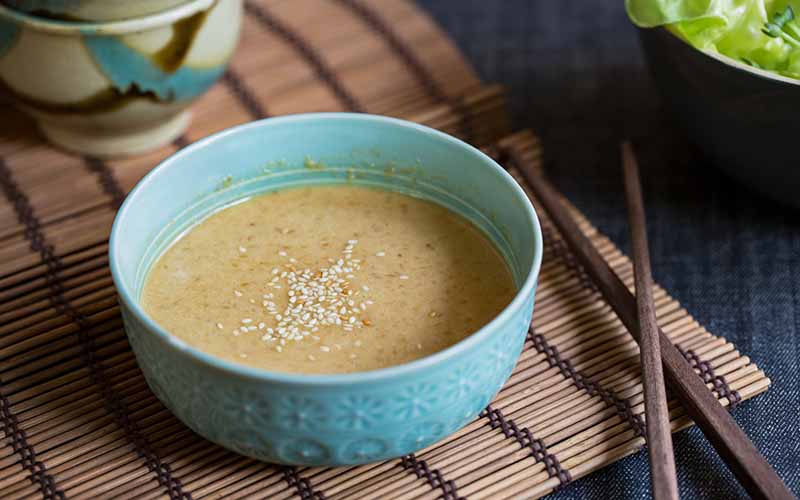
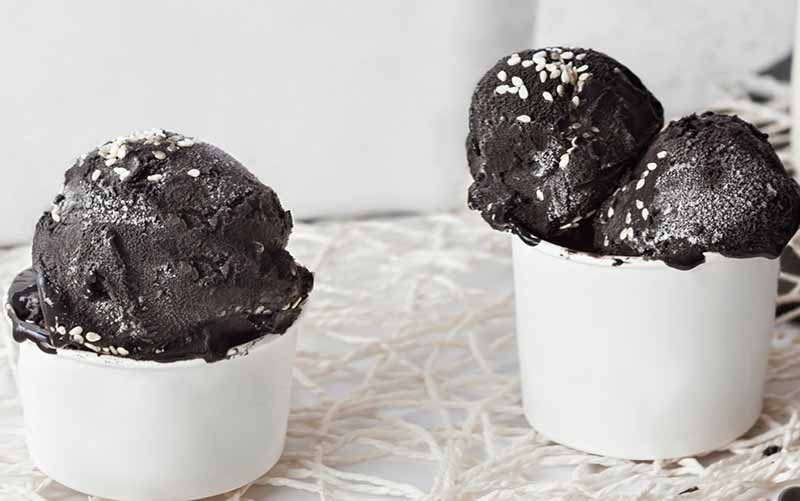
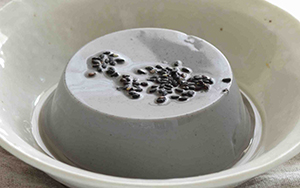
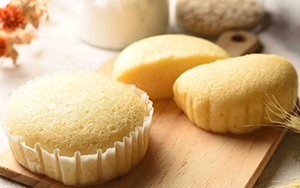
Recommended products for Sesame Paste
What is the difference between Sesame Paste and Tahini?
You might wonder, since both Sesame Paste and Tahini are made from sesame seeds, what are their differences and how could we possibly distinguish them? In short, the answer is Neri Goma is made from roasted sesame seeds, giving it that roasty flavour. Tahini is made from unroasted to very lightly roasted sesame seeds.
White sesame paste (Neri Goma Shiro)

White sesame seeds are often sold with their brown hulls stripped, leaving only the white kernels. When this is used to make Neri Goma Shiro (White sesame paste), the kernels will create that extra creaminess in the flavour.
Special characteristics:
- Colour: Light Beige
- Flavour profile: Sweet taste, extra creamy and nutty due to high amount of fat & roasty flavour.
- Aroma: Light aroma with rich nutty fragrant
Black sesame paste (Neri Goma Kuro)
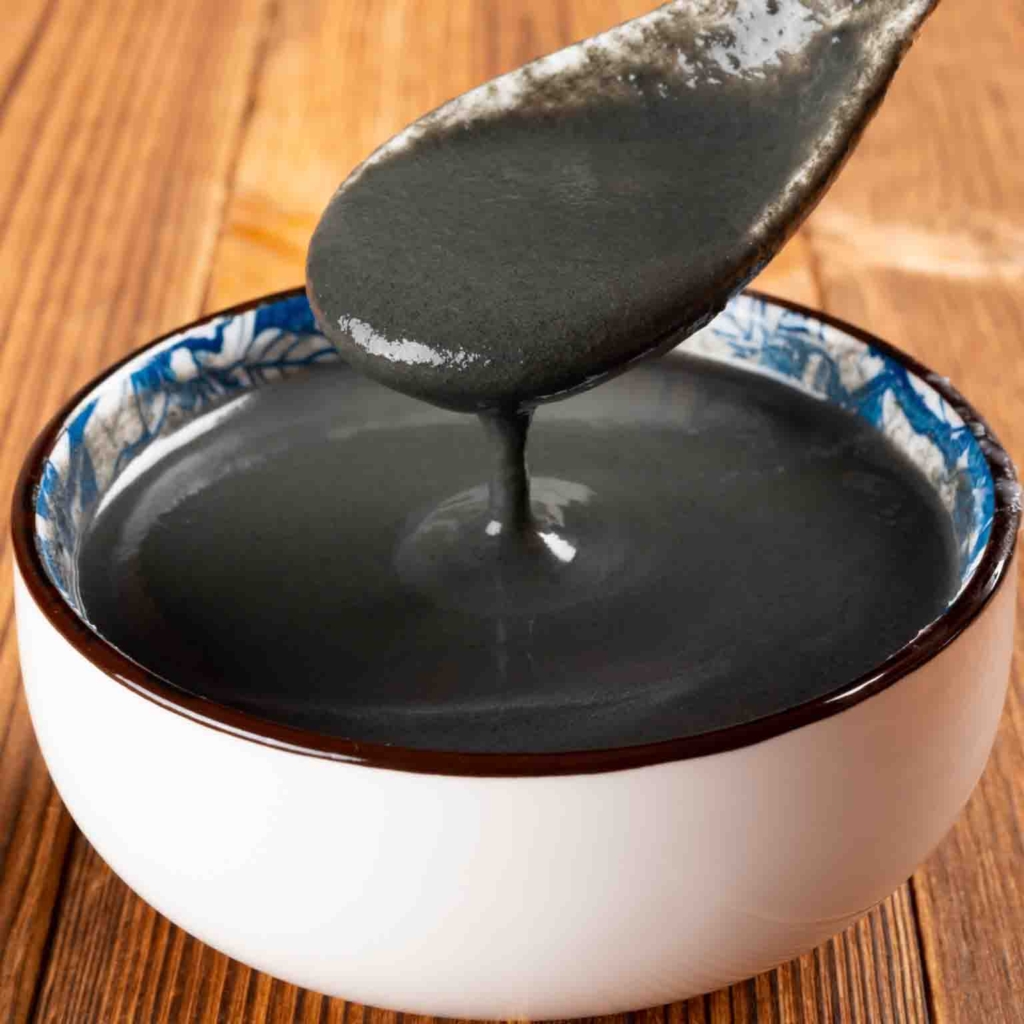
Black sesame seeds are not hulled, meaning they still have their shells. When used to make Neri Goma Kuro (Black sesame paste), the shells are responsible for creating that distinct taste of slight bitterness in the flavour.
Special characteristics:
- Colour: Glossy Black
- Flavour profile: Slightly bitter than white sesame paste & roasty flavour.
- Aroma: Very aromatic with rich nutty fragrant
Golden sesame paste (Neri Goma Kin)
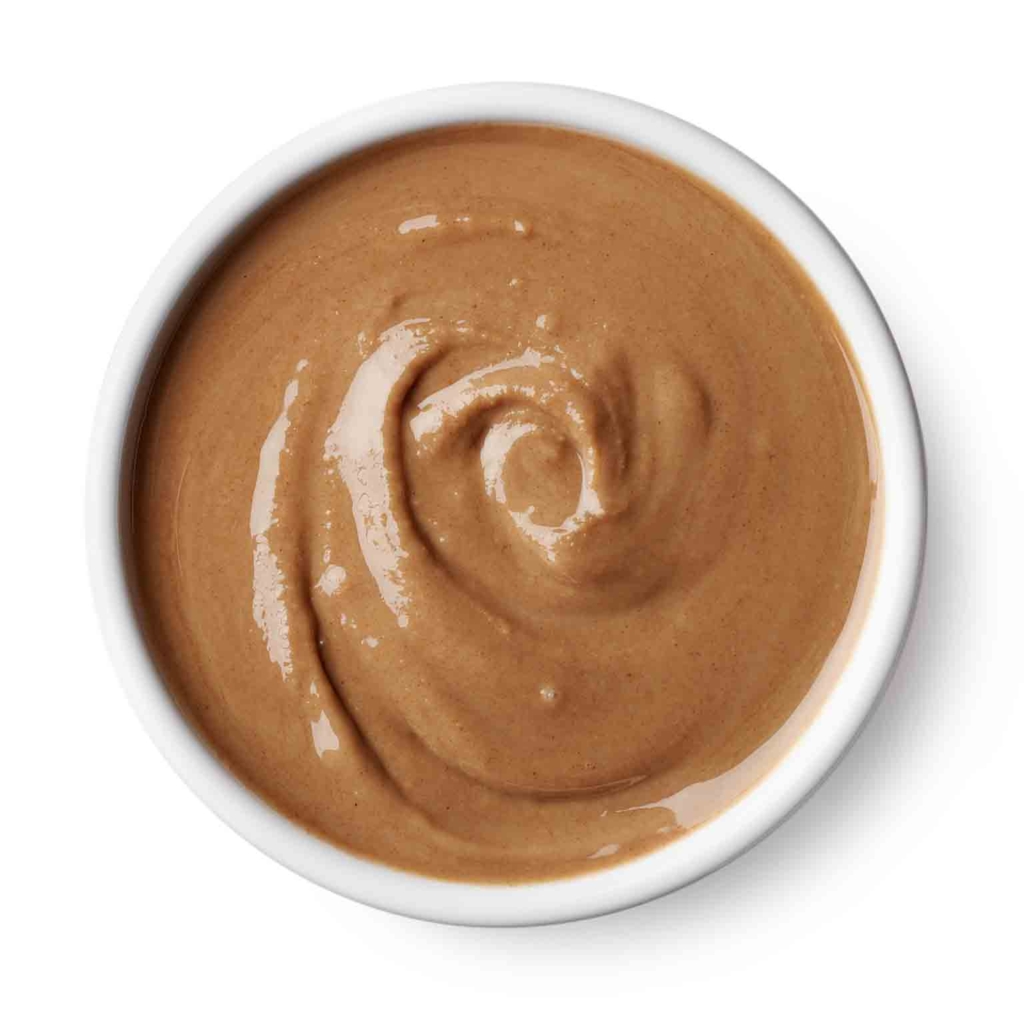
Golden sesame seeds are the most scarce amongst different types of sesame seeds. They have the highest oil content compared to the others. For this reason, they are more expensive and highly praised by Japanese people. When they are used to make Neri Goma Kin (Gold sesame paste), their oil releases a strong yet elegant aroma, creating a delicious paste.
Special characteristics:
- Colour: Light Brown
- Flavour profile: Quite creamy & roasty flavour.
- Aroma: Rich and elegant aroma with nutty fragrant
- Quite scarce in production
Tahini
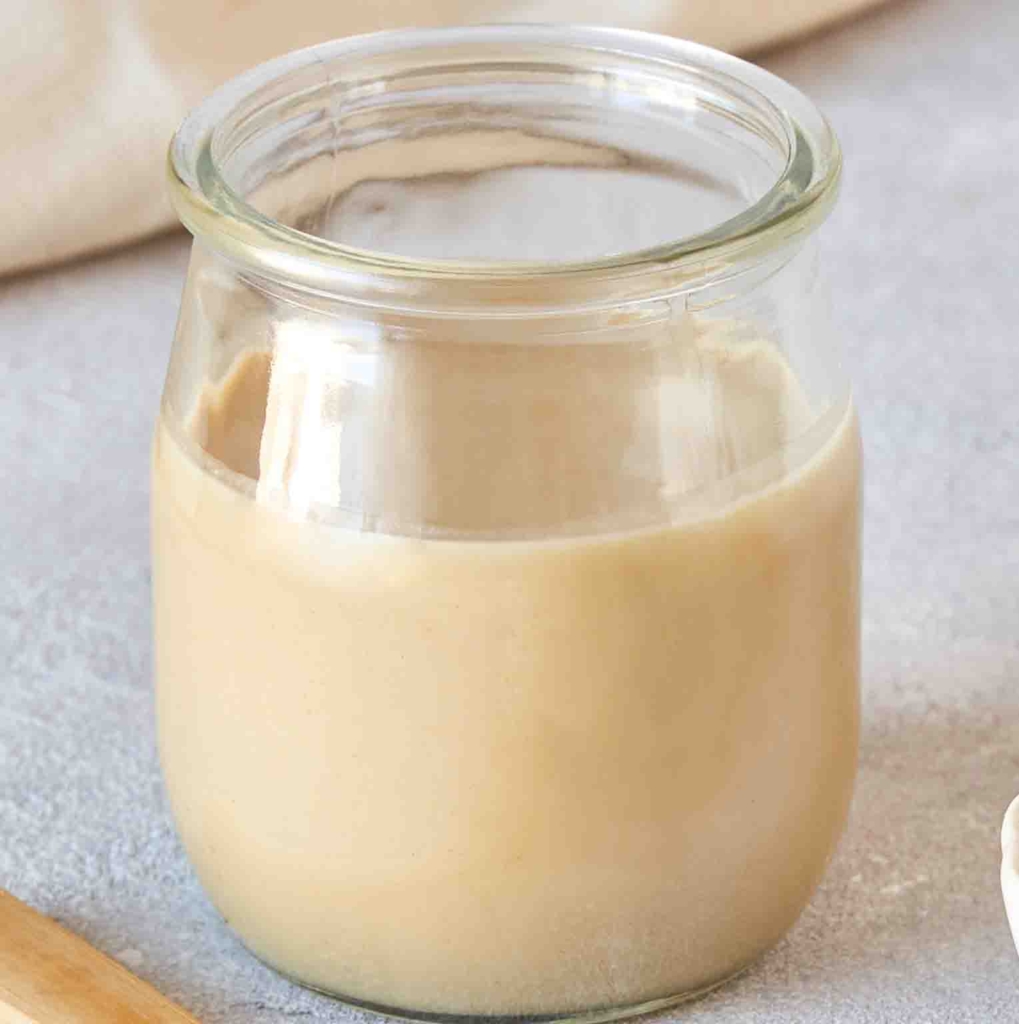
Tahini is also a sesame paste mainly used in Middle Eastern and Mediterranean cooking. Unlike Neri Goma, Tahini is made from unroasted (or sometimes very lightly roasted) sesame seeds. Tahini can use either hulled or unhulled sesame seeds, and can also be made from any variety of sesame seeds.
Special characteristics:
- Colour: Black/Light Brown
- Flavour profile: Quite bitter with roasty flavour.
- Aroma: Very aromatic with rich nutty fragrant
How to make Sesame Paste at home?
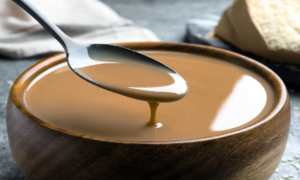
Fast & Easy Sesame Paste (Neri Goma) Recipe
Equipment
- Food processor or any kind of blender
Ingredients
- 150 grams Any types of Sesame seeds Black, white or golden, hulled or unhulled is up to you!
- 4 tbsp olive oil You can replace this with any other type of oil (i.e vegetable oil, grape seed oil, etc…)
- 2 tbsp honey Optional
- 1 tbsp salt Optional
Instructions
- Put sesame seeds on a pan and roast them over low to medium heat. Make sure you are constantly shuffling the sesame seeds around using a spoon or chopsticks to avoid them being burned. Continue doing this until you can smell a nutty aroma coming from the seeds and they have become golden (for black seeds it may be harder to tell). This may take up to 5-7 minutes, and leave them to cool completely before moving to the next steps.
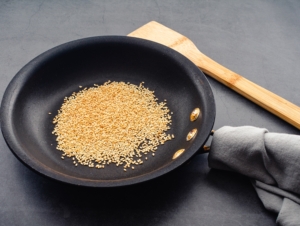
- Put the roasted sesame seeds into a food processor and blend them for 30 seconds. Use a spoon to scrape the bottom of the blender and repeat the blending process until the sesame seeds are finely ground. The oils will be released from the seeds, giving them a nutty aroma.
- Add in 4-5 tbsp of oil to create a thinner consistency. Please adjust the amount of oil depending on your preferences.
- (Optional) You could add in honey and salt to enhance and add more depth to the flavour. This is totally optional and depends on your taste!
Health & benefits of Sesame Paste
1. Promote healing & anti-inflammatory properties:

Sesame seeds are rich in inflammatory properties and could reduce redness by killing pathogens on the facial skin. Furthermore, it will also reduce inflammation on joints, bones, and muscles. It has been proven by research that sesame oil and seeds could be beneficial for minimising inflammatory responses. For this reason, it could have the ability to promote healing!
Reference: Sesame Seed Extracts and Their Anti-Inflammatory Effect
2. Stimulate hair growth:

Due to its rich omega-3 and omega-6 fatty acids content, it provides sufficient moisture and nourishment to each individual strands of hair. It is also said to trigger hair growth by nourishing its roots and retaining moisture in the scalp. This will keep your scalp healthy and stimulate the production of hair follicles, leading to the growth of healthier, shinier, and glossy hair. This could also reduce hair loss.
3. Stabilise blood pressure:

Sesame seeds are rich in magnesium, which is ideal for stabilising blood pressure and reducing hypertension. The mineral can help to prevent blood vessels from constricting by actively increasing the production of nitric oxide, a compound that helps to increase blood flow by relaxing the blood vessels.
Reference: Sesame Seeds in Food, Nutrition, and Health
3 Possible substitutions for Sesame Paste
1. Tahini

Tahini is a super versatile ingredient with very similar usage to Sesame Paste. There are many types of tahini, for example, normal tahini is made of hulled white seeds, golden tahini is made from golden seeds and black tahini is made from unhulled black seeds. It can be used for many dishes including noodles, dressings, dipping sauces to many types of desserts such as muffins, biscuits, etc… It is also widely available in any supermarkets, therefore very accessible.
2. Peanut butter
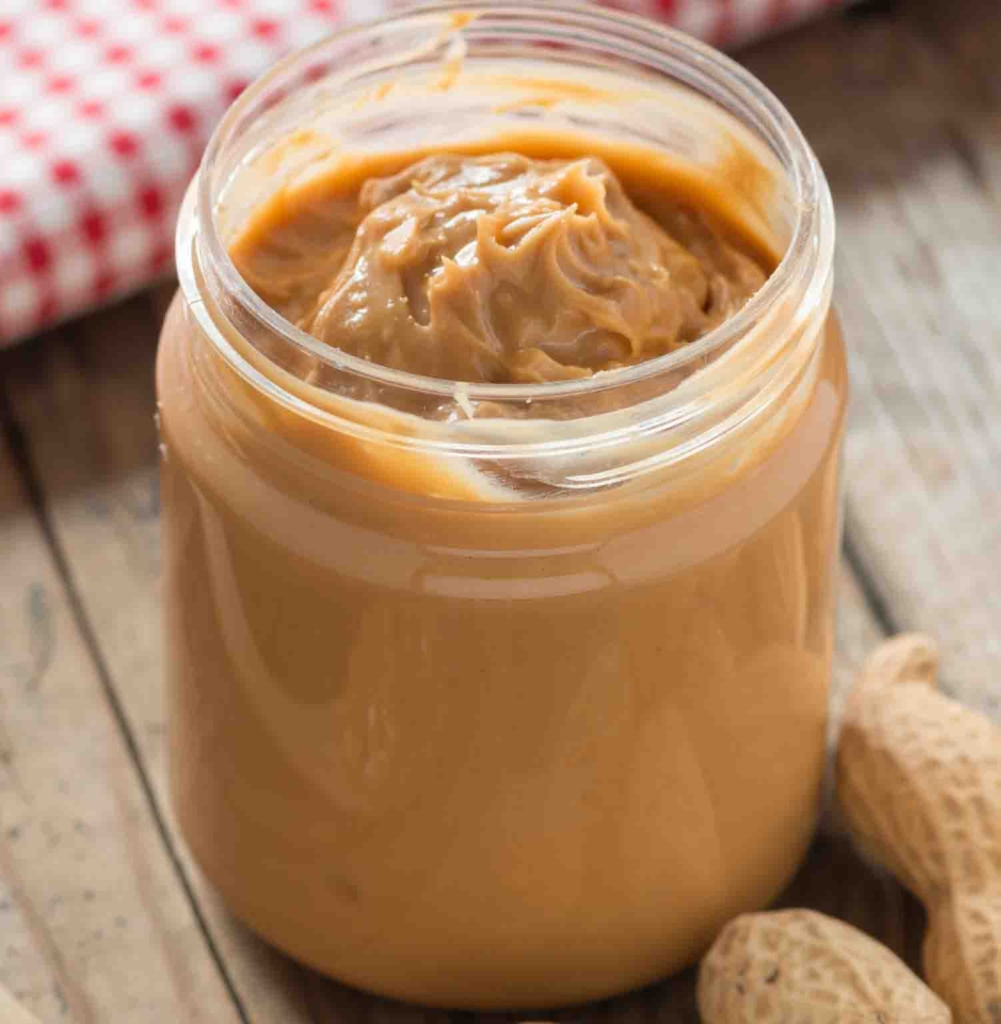
Peanut Butter is another possible substitution. Similar to Sesame Paste, you can use this as a salad dressing, or just simply spread over a piece of bread, ready to be eaten! Peanut butter also has a thick consistency with a creamy texture. The only downside is that the flavour can be much stronger and domineering compared to Neri Goma, so be careful how much you use in your food!
3. Sunflower seeds butter

This is another great substitution to give it that nutty flavour and creamy texture. If you would like more of a sesame flavour, you can add a couple of tablespoons of sesame oils into this paste and mix well to give it that extra boost of flavour. Again, you can use this to make dipping sauce, or spread on bread, or as part of a dessert!
Where to find Sesame Paste?
Most supermarkets will have Tahini and some other possible substitutions, however, Neri Goma will be harder to find. You may be able to find this in your local Asian or Japanese supermarkets in the condiment aisle. Additionally, you could create your own homemade Sesame Paste using the recipe above or make an online purchase for Golden Sesame Paste and Black Sesame Paste directly from here!
Sesame paste FAQ
- How to use Sesame Paste?
-
Sesame Paste can be used as part of the main course, side dish, or desserts! This condiment has such a vast range of usage and it can go with anything!
- Is Sesame Paste gluten-free?
-
Most Sesame Paste are gluten-free, however, brands could sometimes add gluten to thicken the texture of the paste. As a precaution, please check the product labels to ensure it is gluten-free!
- How to store Sesame Paste & How long do they last?
-
For store-bought Sesame Paste, if it is not opened yet, store it in a dark, cool place away from direct sunlight. Once opened, store it in the fridge and use it for up to 6 months. For homemade Sesame Paste, store it in an airtight container in the fridge and use it within 1 month. You might be able to leave it for longer, however, it is advised to consume it as early as possible.
- How to tell if Sesame Paste has gone bad?
-
Firstly, you can tell if Sesame Paste has gone bad by the smell. If the fresh and nutty smell is replaced by a rancid smell, that is your first sign. Secondly, you can also tell by the discolouration and unpleasant taste. Thirdly, if your paste has hardened, it is an indicator that it is losing its freshness and could go bad very soon.
Recommended products
At Kawashima-ya, we offer high-quality, free of pesticides and chemical fertilisers sesame paste. The sesame seeds are harvested by hands, and without any additives added during processing. If you are interested, please take a look below:

